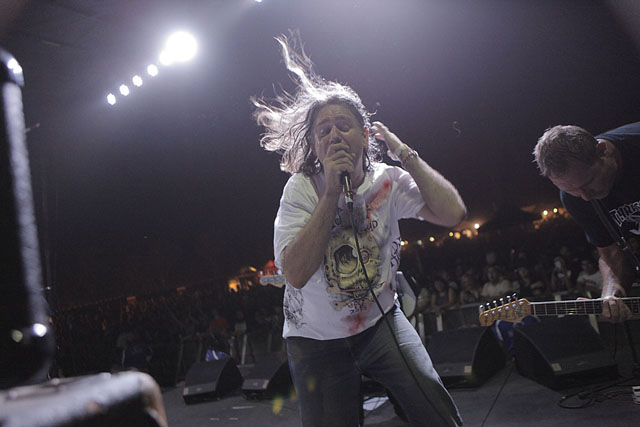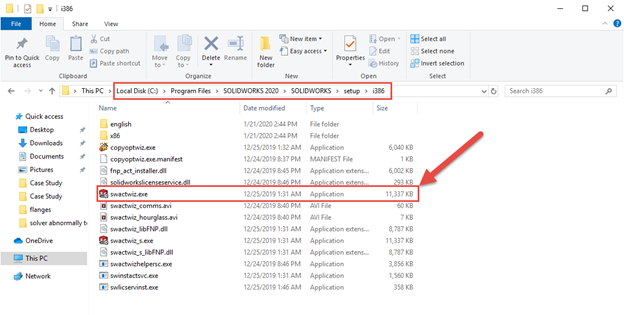



From the technical point of view, laser-induced rapid solidification could hamper the compositional segregation, improve the solubility in solid-solution phases, and lead to the strengthening effect by the grain refinement. Particularly, it is attractive to prepare high-performance HEA coatings by laser-induced rapid solidification, which can be formed on the surface of components and parts in a variety of sizes and shapes with a lower cost in comparison with those bulk material fabrication methods. Recently, high-entropy alloys (HEAs) have attracted much interest in the materials community, as they offer massive opportunities to observe new phenomena, explore new structure, and develop new materials. Using the results of this work, hot cracking in additively manufactured Ni-based superalloy single crystals can be potentially mitigated. With the aid of numerical simulations, it is determined that while micro-segregation occurs at all types of GBs, its occurrence at the divergent ones tend to promote cracking. A parametric evaluation of influencing factors is quantitatively conducted to predict the optimal conditions that could prevent hot cracking while maintaining the desirable fine microstructure. A gener-alised cracking criterion that considers various process parameters along with the GB inclination is developed on the basis of a prevailing hot cracking criterion for columnar-grained microstructure. Severe intergranular hot cracking is found to occur at grain boundaries (GBs) in the SEBM-built superalloy. The influences of microstructure and solidification parameters on the hot cracking behaviour of an additively manufactured Ni-based superalloy via selective electron beam melting (SEBM) have been investigated.


 0 kommentar(er)
0 kommentar(er)
